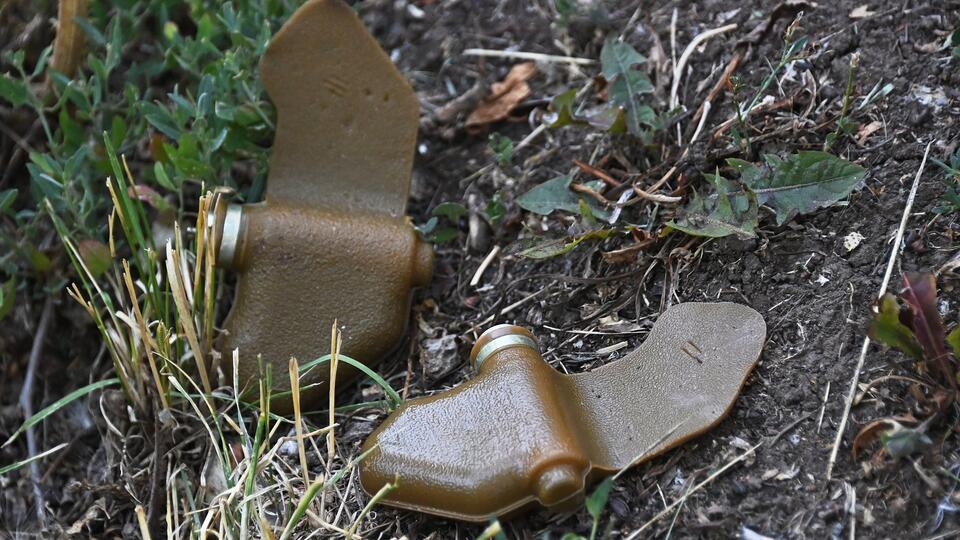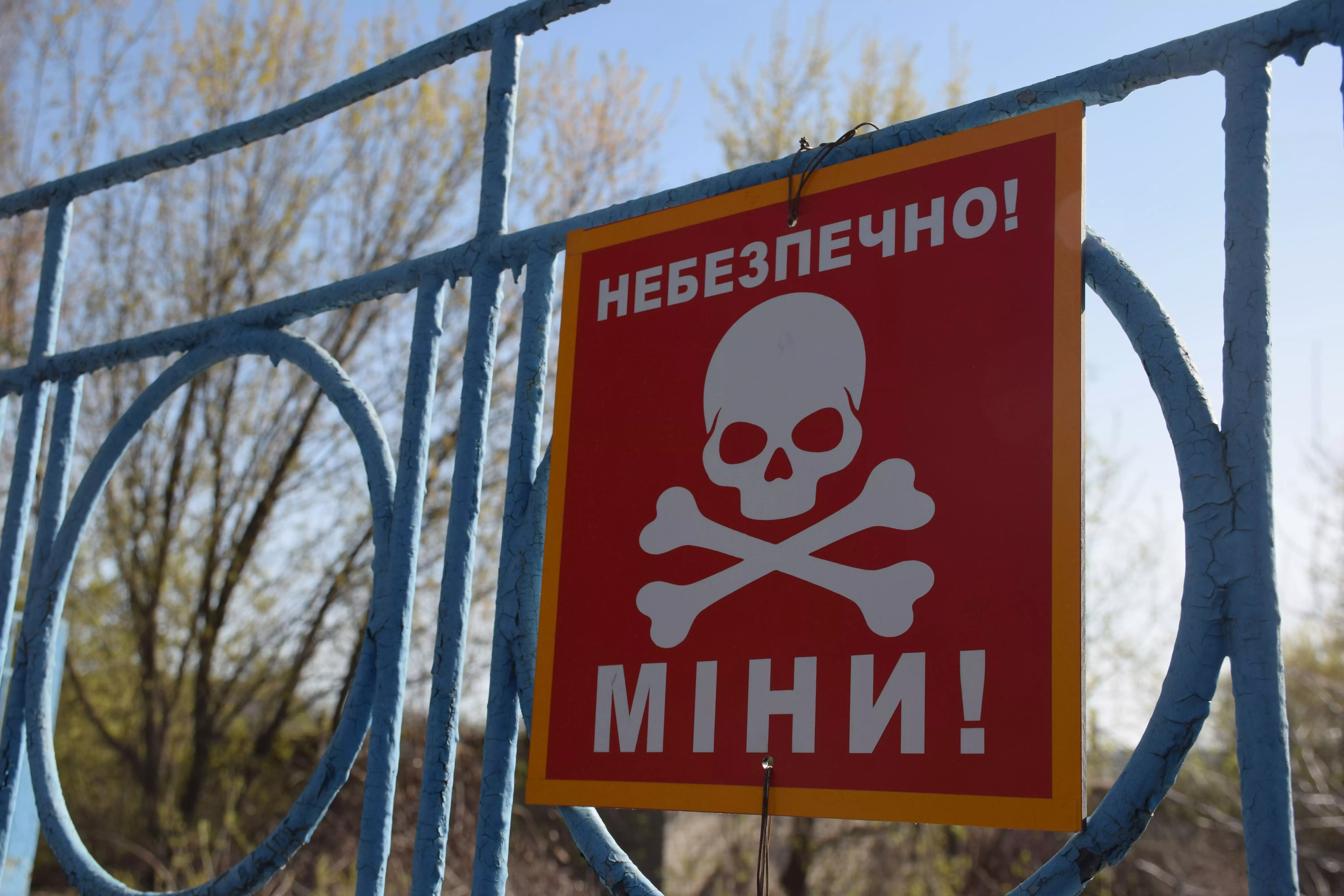On July 4, at about 14:30, a woman hit a mine on the territory of the Pisky forestry in the Izium district. The press service of the regional department of the State Emergency Service reported.
“The explosion resulted in a mine-blast injury associated with amputation of the right foot and shrapnel wounds. The circumstances of the incident are being investigated. The victim is being treated at a medical facility,” the statement said.
The circumstances of the incident are being investigated. The victim is at the hospital.
PFM-1 anti-personnel mine
PFM-1 is one of the most widespread anti-personnel mines that Russians leave in the occupied territories in forests, around roads, trails, parks, and even in the yards of private houses.
This land mine is a high-explosive anti-personnel landmine produced by the Soviet Union and Russia. It has several names, including the Green Parrot and the Butterfly Mine. These mines can be scattered from helicopters, combat aircrafts, and mortars. They glide to the ground without detonating and only explode upon contact at a later time.

According to the International Committee of the Red Cross (ICRC), the international community adopted the 1997 Anti-Personnel Mine Ban Convention prohibiting the use, production, stockpiling and transferring these weapons and requiring action to prevent and address their long-lasting effects.
See also
- City demining device developed in Balakliia of Kharkiv Oblast. Balakliia local specialists have developed an experimental device for checking the territory for explosive devices. It is designed to work in urban environments where specialized mechanized sapper equipment can’t operate. Today, the first demining was done in the city using the device.
- Nearly 72,000 explosives have been defused since the Russian full-scale invasion of Ukraine began. However, agricultural machinery was blown up on June 29 in Borova and July 1 in Barvinkove communities of Izyum district.



